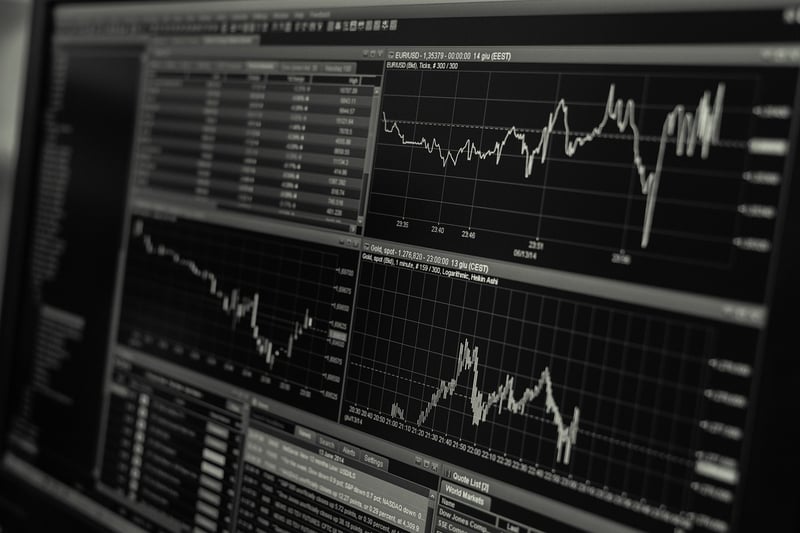Technical Indicators
Analyzing Market Trends and Signals + Technical Indicators
Understanding market trends and signals, along with technical indicators, is crucial for successful trading and investing in financial markets. By analyzing these factors, traders and investors can make informed decisions to maximize their returns and minimize risks.
Market Trends and Signals
Market trends refer to the general direction in which the market is moving over time. Identifying trends helps traders and investors determine the best times to enter or exit positions. Some common types of market trends include uptrends, downtrends, and sideways trends.
Market signals are specific indicators or events that suggest a potential change in the market's direction. These signals can come from various sources, such as economic reports, company announcements, or technical analysis.
Technical Indicators
Technical indicators are mathematical calculations based on historical price, volume, or open interest data. These indicators help traders and investors analyze market trends, identify potential entry or exit points, and confirm the strength of a trend.
Some popular technical indicators include Moving Averages, Relative Strength Index (RSI), MACD (Moving Average Convergence Divergence), Bollinger Bands, and Stochastic Oscillator. Traders often use a combination of these indicators to make well-informed trading decisions.
Conclusion
By understanding market trends and signals, as well as utilizing technical indicators, traders and investors can enhance their trading strategies and improve their overall performance in the financial markets. It is essential to stay informed, continuously analyze market data, and adapt to changing market conditions to succeed in the dynamic world of trading and investing.


For more information on technical analysis and trading strategies, visit Investopedia.
